Moses Brought to Pharoah’s Daughter.
£250.00
William Hogarth and Luke Sullivan after William Hogarth
Moses Brought to Pharoah’s Daughter.
London, J. & J. Boydell ca 1806
Copper engraving
425 x 530mm
£250
William Hogarth and Luke Sullivan after William Hogarth
Moses Brought to Pharoah’s Daughter.
London, J. & J. Boydell ca 1806
Copper engraving
425 x 530mm
£250
From the collection of George Morant, (1770 – 1846) of 95 Wimpole St, London. A very fine set on mostly uncut sheets kept loose in a folio. Carefully printed and in very good condition.
Morant was a collector and Founder of a business of paper hangers, carvers, gilders and picture frame makers.
The company had offices at 88 Old Bond St, from 1814, and was appointed as ‘house decorator, carver, gilder & picture-frame-maker to His Majesty’. From 1832 he was appointed again by Her majesty Queen Victoria
An interesting somewhat under rated engraving. Hogarth had executed the painting for the Foundling Hospital (where it is still displayed) newly established by Hogarth’s friend Captain Coram, and of which Hogarth was one of the first governors. By taking in the infant Moses who had been abandoned in the bullrushes, while her steward pays the wet nurse, Pharoah’s daughter personifies the dual charitable mission of the Foundling Hospital, care and adoption of orphans and raising donations of hard cash from the public. However, Hogarth has complicated the issue in his customary manner. The wetnurse being paid by Pharoah’s daughter to look after Moses is in fact Jochebed his own mother, and the poignancy of the scene depends on the child’s clinging to his real mother while warily eying his prospective adoptive parent. Behind the throne a black slave whispers to an attendant and from under the princess’s chair creeps a small crocodile, a reminder of what the child’s fate would have been had he not been found, and symbolic of the ugly fate of children abandoned and ‘left to die on dunghills’ on the streets of London. In the distance are vaguely Egyptian looking sphinxes and buildings. Hogarth made it fashionable for popular artists to paint pictures for the Governor’s Room of the Foundling Hospital, the idea being that the public would come to view them and thus be induced to donate money, Hogarth also donated a proportion of his profit on the sale of the prints to the foundation.
You must be logged in to post a review.

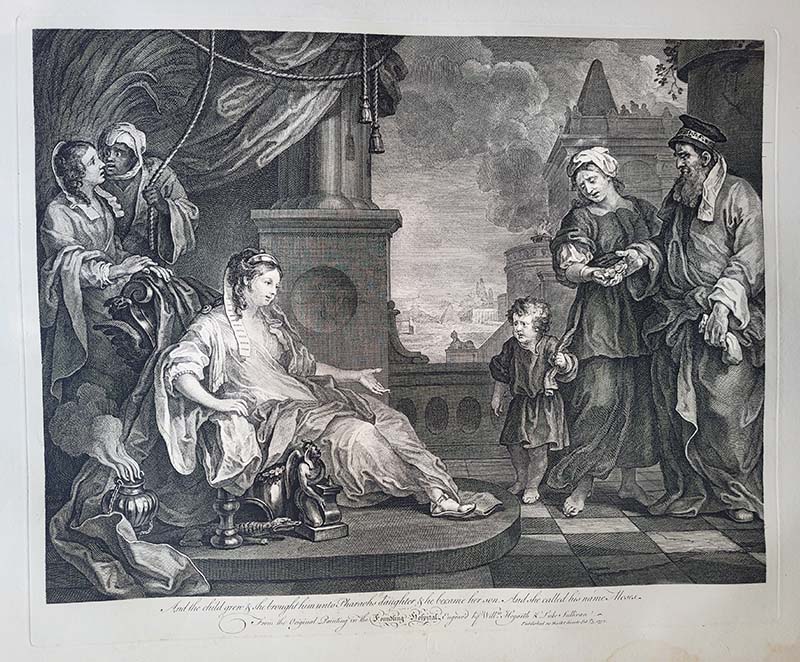
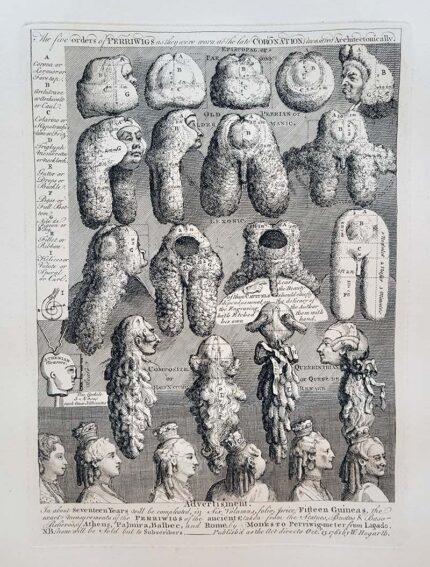
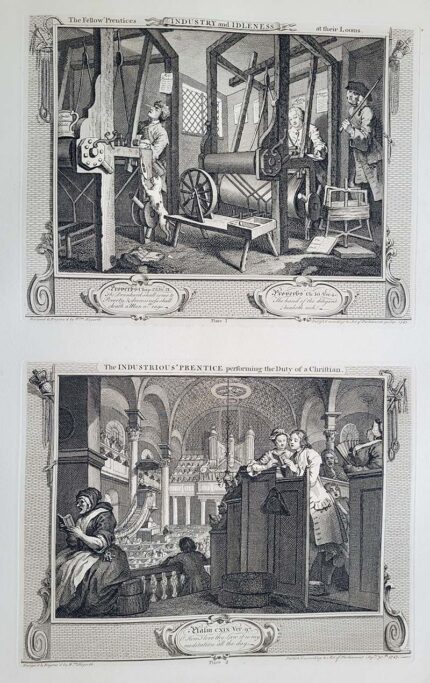
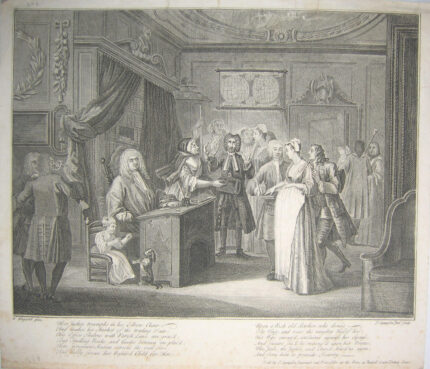

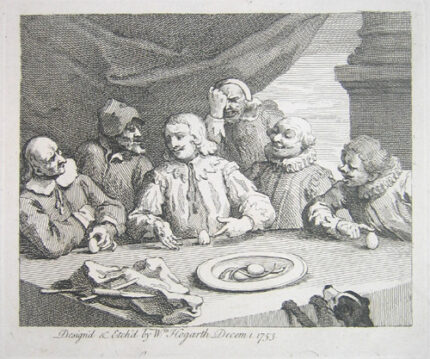

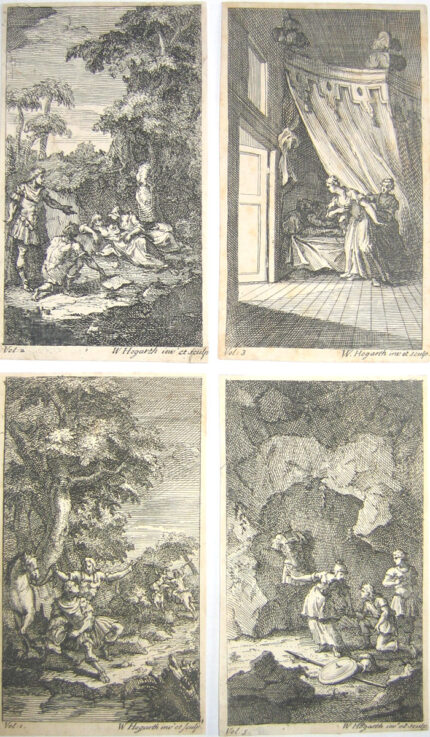
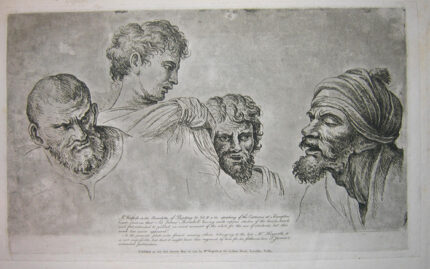
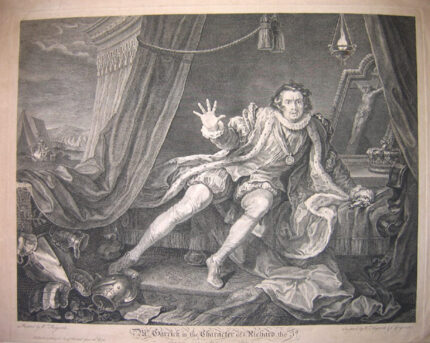
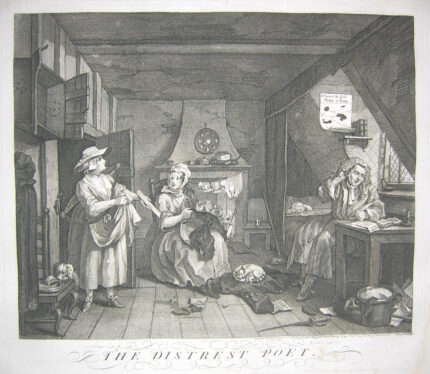





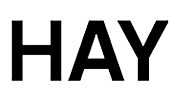




Reviews
There are no reviews yet.